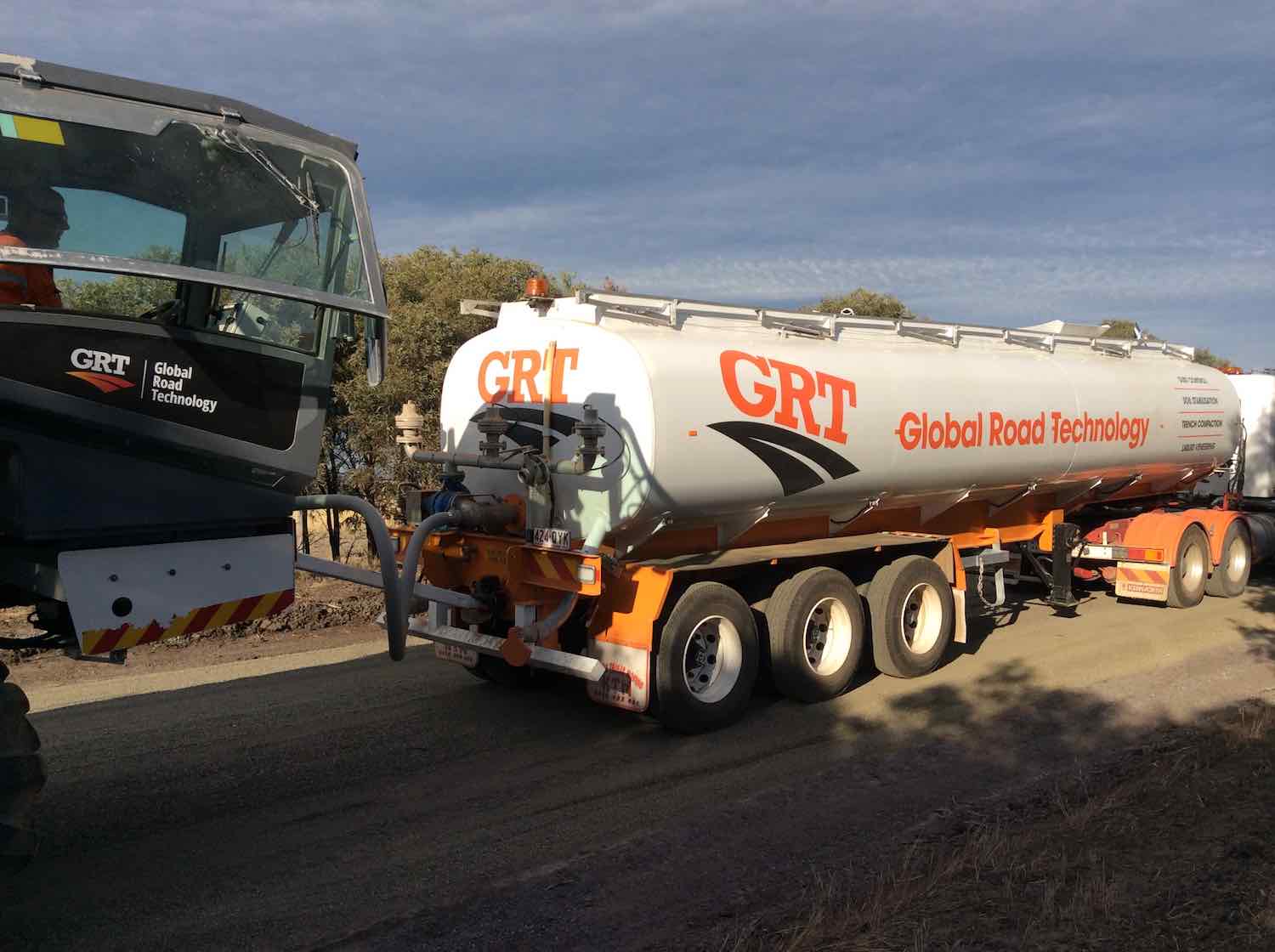
The three basic types of soil stabilization techniques are (1) Mechanical (2) Compaction & (3) Chemical
The oldest types of soil stabilization are mechanical in nature. Mechanical solutions involve physically changing the property of the soil somehow, in order to affect its gradation, solidity, and other characteristics. Ultimately, dense and well graded material can be achieved by mixing and compacting two or more soils of different grades. Addition of a small amount of fine materials such as silts or clays enables binding of the non-cohesive soils which increases strength of the material. On the other hand, strong and angular particles of sand and gravels, impart internal friction and incompressibility to the mix and can be well stabilized with addition of clay owing to its binding properties. Factors affecting the mechanical stability of mixed soil may include:
Uses mechanical means for expulsion of air voids within the soil mass resulting in soil that can bear load subsequently without further immediate compression. Dynamic compaction is one of the major types of soil stabilization; in this procedure, a heavyweight is dropped repeatedly onto the ground at regular intervals to quite literally pound out deformities and ensure a uniformly packed surface. Vibratory Vibro compaction is another technique that works on similar principles, though it relies on vibration rather than deformation through kinetic force to achieve its goals.
Chemical solutions are another of the major types of soil stabilization. All of these techniques rely on adding additional material to the soil that will chemically and physically interact with it and change its properties. For example cement stabilization is most effective on low cohesion soils, owing to difficulty in good distribution of the anhydrous stabilizer amongst cohesive clays and because larger granular particles can be surrounded and coated by the cement paste.
On the contrary, in cohesive soils, many particles are smaller than anhydrous cement grains and hence are more difficult to coat. There are a number of different types of soil stabilization that rely on chemical additives of one sort or another; you will frequently encounter compounds that utilize cement, lime, fly ash, or kiln dust. Most of the reactions sought are either cementitious or pozzolanic in nature, depending on the nature of the soil present at the particular site you are investigating. The chemicals present in lime for example are oxides and hydroxides of calcium and magnesium with options for commercial production through calcination of carbonate rock minerals for high calcium limes or as dolomitic limestone consisting of calcium and magnesium oxides through pressure hydration.
Both of the previous types have been around for hundreds of years, if not more; only in the past several decades has technology opened up new types of soil stabilization for companies to explore. Preference for polycondensation polymers over polyaddition polymers is because the former works with larger polymeric chains, polymerization stops and rarely restarts, and they are low cost and easy to prepare. Synthetic polymers such as vinyls and acrylamides coat soil grains reducing permeability and enhancing the dry strength of the fine material to hold coarser aggregate together. Polymers can be mixed with soil in the form of a liquid in order to fill the pores and harden the soil structure. The prerequisites for polymer stabilization include:
Most of the newer discoveries and techniques developed thus far are polymer-based in nature, such as those developed by Global Road Technology. These new polymers and substances have a number of significant advantages over traditional mechanical and chemical solutions; they are cheaper and more effective in general than mechanical solutions, and significantly less dangerous for the environment than many chemical solutions tend to be.
All three types are still employed on construction projects all across the globe, though the polymer-based solutions offered by firms like Global Road Technology are rapidly gaining ground due to the cost savings, ease-of-use, environmental benefits, and other significant advantages they bring to the table over more traditional soil stabilization types.
Global Road Technology and its innovative polymer-based products are helping organizations revolutionize the way they build their infrastructure. When it comes to the different soil stabilization methods, GRT products simply stand head and shoulders above competing products.
GRT’s engineered soil solutions work best for a wide range of applications that include – soil stabilization for dirt roads, haul roads, stockpiles, highways, etc
Combine this with GRT’s other innovations, such as their Road Safety Initiative and their RMS asset management program, and the choice of who to work with for your infrastructure needs becomes clear.
For more information on soil stabilization techniques please Contact Us.
Your feedback is important to us. If you enjoyed reading this Global Road Technology industry update and found it informative, please let us know by leaving a REVIEW.
REFERENCES
Are environmental regulations, health and safety concerns or potential profit loss a concern right now?
Contact Us Now